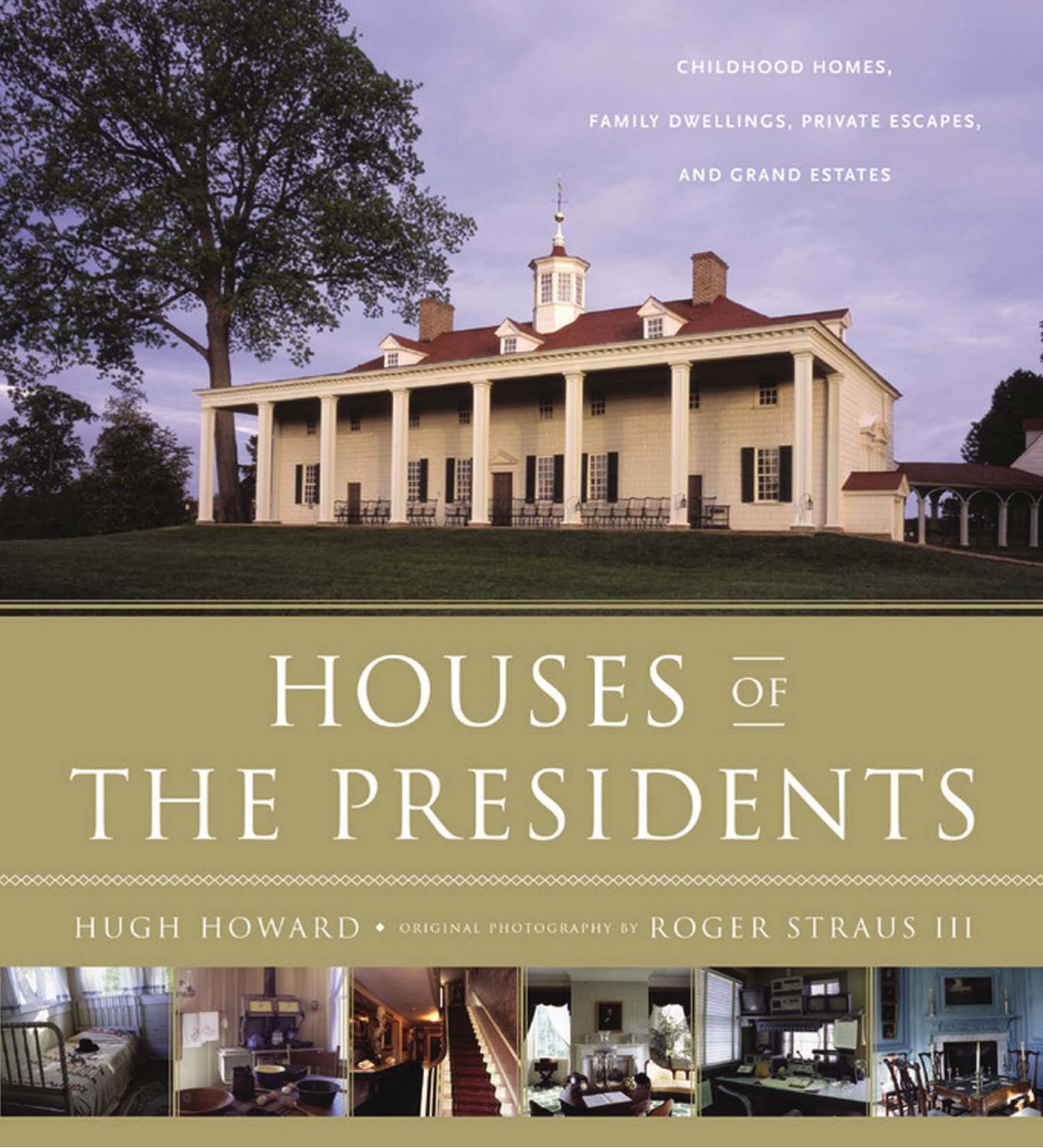Houses of the Presidents: Childhood Homes, Family Dwellings, Private Escapes, and Grand Estates by Hugh Howard & Roger Straus

Author:Hugh Howard & Roger Straus
Language: eng
Format: mobi, azw, pdf
Tags: United States, History, General
ISBN: 9780316133272
Publisher: Little, Brown
Published: 2012-11-06T00:00:00+00:00
was ever his confidante, either.” He was variously described by trusted colleagues as “the most complicated human being I have ever known” and as possessed of a “thickly forested interior.” As one member of his Washington brain trust once said, “No one could tell what he was thinking, to say nothing of what he was feeling.” For all his apparent accessibility, FDR was, in short, a deeply enigmatic man.
“THAT’S WHERE I’M GOING
TO BE BURIED” Although Springwood offers a superb vantage from which to consider Roosevelt and his many facets, the home never actually belonged to its most famous occupant. At his death in 1900, James Roosevelt had left it not to his son (then newly enrolled at Harvard) but to his widow, Sara; prior to her death in 1941, Franklin had asked his mother to deed the estate to the federal government. The initial impetus for the gift was President Roosevelt’s concern about his compendious records and collections, and in 1938 he announced his intention to donate his books, memorabilia, and voluminous correspondence and other documents to the federal government. His plan called for the erection of a library and archive on his Hyde Park estate, one to be built at no cost to the nation. The notion of establishing a presidential library was a new one, as no previous living president had seen fit to create an institution charged with conserving his legacy.
The public response to the popular president’s plan was immediate. Some 28,000 Americans contributed to the effort, and on July 4, 1940, the library became the property of the nation. The Hyde Park estate, including Springwood, was given to the nation “to be maintained for the benefit of the public.” (Another Roosevelt home, the “Little White House” in Warm Springs, Georgia, has also been preserved for visitors; see Visitor Information, page 241.)
Unique among presidential sites, the property at Hyde Park was Roosevelt’s principal home throughout his life; even as president he traveled there often, making almost two hundred trips to Springwood in the course of his thirteen-year presidency. President Roosevelt spent languid summer days in the house that overlooked the Hudson; he ritually returned home at Christmas for his hearthside reading of A Christmas Carol to the children and grandchildren; he planned war strategies with Churchill there. After his death on April 12, 1945, his remains made one last pilgrimage to Hyde Park, traveling through the night past thousands of Americans who gathered to watch and grieve. He was bound for the resting place he had chosen, in his mother’s rose garden.
Download
Houses of the Presidents: Childhood Homes, Family Dwellings, Private Escapes, and Grand Estates by Hugh Howard & Roger Straus.azw
Houses of the Presidents: Childhood Homes, Family Dwellings, Private Escapes, and Grand Estates by Hugh Howard & Roger Straus.pdf
This site does not store any files on its server. We only index and link to content provided by other sites. Please contact the content providers to delete copyright contents if any and email us, we'll remove relevant links or contents immediately.
| U.K. Prime Ministers | U.S. Presidents |
Waking Up in Heaven: A True Story of Brokenness, Heaven, and Life Again by McVea Crystal & Tresniowski Alex(37676)
Empire of the Sikhs by Patwant Singh(22978)
We're Going to Need More Wine by Gabrielle Union(18972)
Hans Sturm: A Soldier's Odyssey on the Eastern Front by Gordon Williamson(18489)
Leonardo da Vinci by Walter Isaacson(13189)
The Radium Girls by Kate Moore(11930)
Tools of Titans by Timothy Ferriss(8223)
Educated by Tara Westover(7946)
How to Be a Bawse: A Guide to Conquering Life by Lilly Singh(7394)
Permanent Record by Edward Snowden(5743)
The Last Black Unicorn by Tiffany Haddish(5558)
The Rise and Fall of Senator Joe McCarthy by James Cross Giblin(5230)
Promise Me, Dad by Joe Biden(5088)
The Wind in My Hair by Masih Alinejad(5034)
A Higher Loyalty: Truth, Lies, and Leadership by James Comey(4851)
The Crown by Robert Lacey(4731)
The Iron Duke by The Iron Duke(4293)
Joan of Arc by Mary Gordon(4017)
Stalin by Stephen Kotkin(3883)
